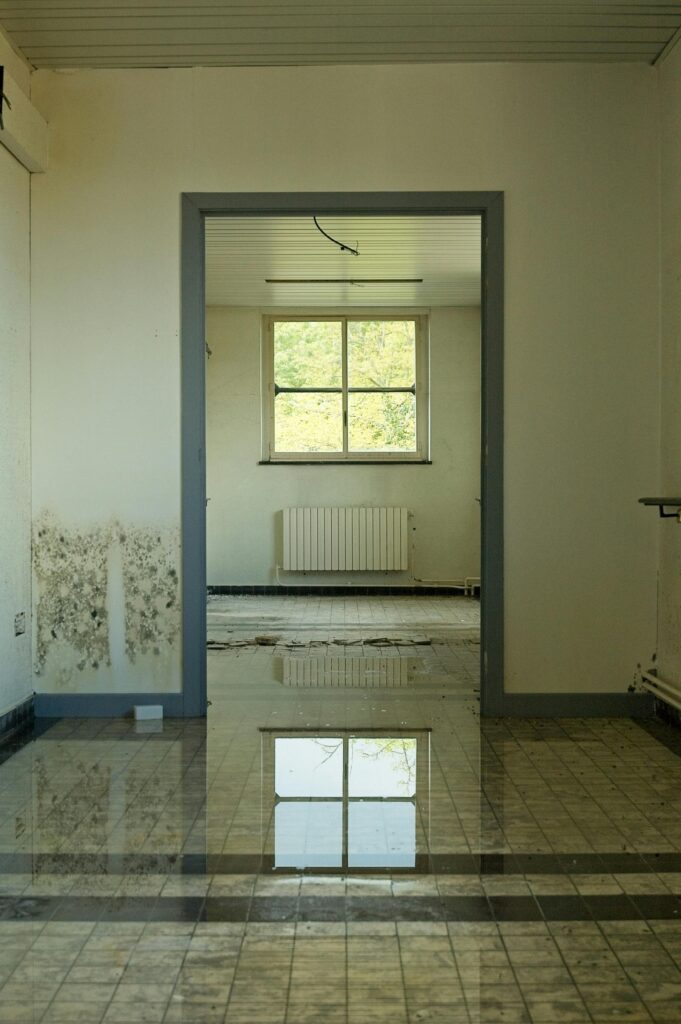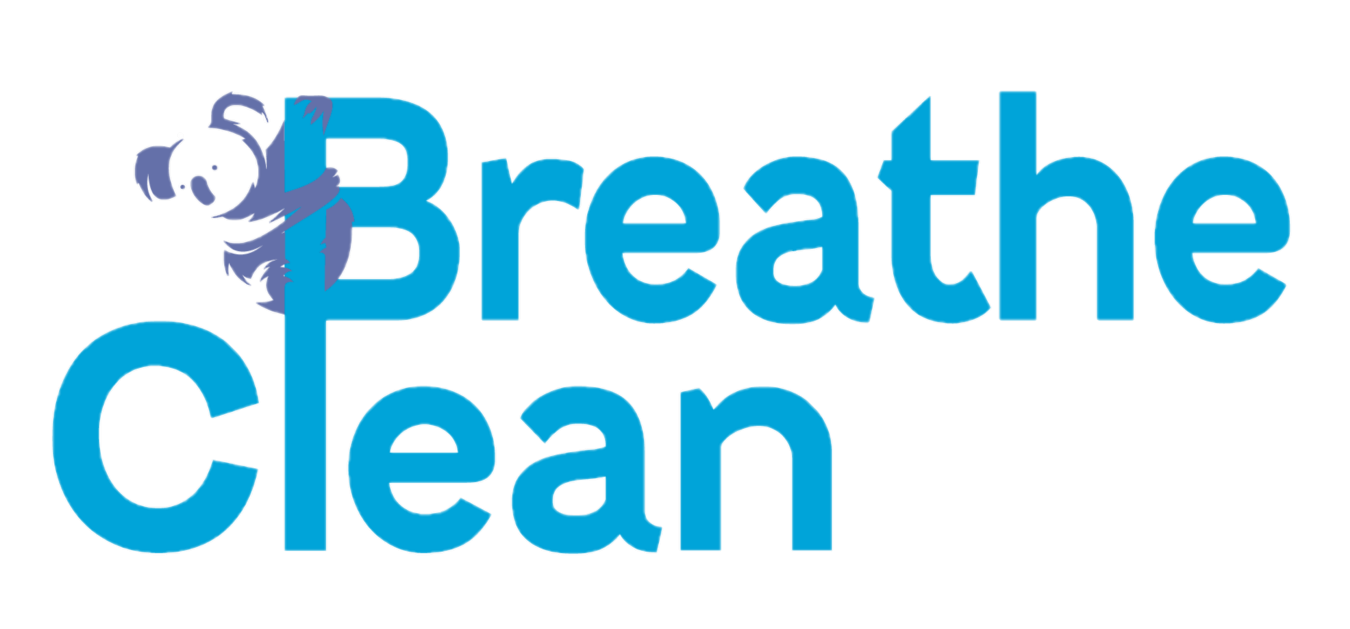
Mold is more than just an eyesore—it’s a living organism that can spread quickly if ignored. Early intervention is the key to protecting both your home and your health. By catching mold growth early, homeowners can often manage small issues themselves before they become costly, full-scale remediation projects.
Why Early Mold Intervention Matters
Mold thrives in damp, humid conditions and can begin growing within 24–48 hours of moisture exposure (CDC). If left unchecked, it can damage drywall, wood, insulation, and even compromise indoor air quality. For sensitive individuals, mold exposure can trigger allergic reactions, asthma, and other respiratory issues (EPA).
Addressing mold at its earliest stages prevents:
- Structural damage to building materials.
- Increased health risks for household members.
- Higher costs for large-scale remediation later.
Signs You Might Have Mold
Catching mold early starts with knowing what to look for. Common indicators include:
- Musty odors in bathrooms, basements, or near plumbing.
- Visible spots (often black, green, or white) on walls, ceilings, or grout.
- Water stains that persist after a leak.
- Peeling paint or warped drywall caused by hidden moisture.
What Homeowners Can Handle
Not all mold requires a professional. According to the EPA, homeowners can clean mold patches less than 10 square feet on their own (EPA Mold Cleanup). Here are safe and effective tips:
1. Protect Yourself
- Wear gloves, goggles, and an N95 respirator mask to limit exposure.
- Keep the area well-ventilated while cleaning.
2. Use the Right Cleaning Solutions
- Soap and water: Effective for most hard surfaces.
- White vinegar: Naturally inhibits mold growth on non-porous surfaces.
- Diluted bleach solution (1 cup bleach in 1 gallon of water): Best for disinfecting non-porous surfaces, but never mix bleach with ammonia or vinegar.
3. Address the Source of Moisture
- Fix leaks in plumbing, roofs, or windows immediately.
- Use dehumidifiers to keep indoor humidity below 60% (Energy Star).
- Improve airflow with exhaust fans in bathrooms and kitchens.
4. Remove and Replace When Necessary
If mold is growing on porous materials like carpet, insulation, or ceiling tiles, these often cannot be fully cleaned and should be discarded.
When to Call a Professional
If mold covers more than 10 square feet, is inside HVAC ducts, or comes from contaminated water (like sewage), it’s time to call a certified remediation professional. Large infestations often hide behind walls or beneath flooring, and safe removal requires specialized tools and containment methods.
Early mold intervention saves homeowners money, protects their property, and prevents health issues. While small patches can be managed with proper cleaning and moisture control, larger or hidden infestations should always be left to the experts. By staying alert to the signs and acting quickly, homeowners can keep their living spaces both safe and healthy.
